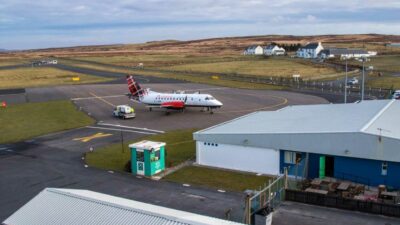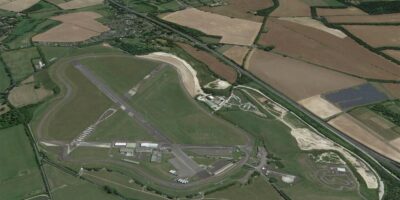A major conference assessing the growing demands on the use of airspace in the UK has heard that the General Aviation sector has a significant part to play in a future airspace strategy. The event, hosted by the UK CAA at the Royal Aeronautical Society in Central London on 15 July, discussed the future of Class G airspace as part of an overall plan to ensure the nation’s airspace remains fit for purpose.
Over a hundred users of Class G airspace – private, military and commercial pilots – heard speakers from GA associations, the CAA and the military, explain in detail the nature of the growing capacity constraints in UK airspace and some of the potential technological solutions to the problem. The event followed a similar event for commercial aviation at the end of 2012.
The CAA’s Future Airspace Strategy (FAS), developed in collaboration with airlines, airports, air traffic control bodies, general and business aviation, is a blueprint for how the airspace structure in the UK will develop over the next 20 years.
Mark Swan, Group Director of Safety and Airspace Regulation at the CAA, said, “While there is a clear understanding amongst the public of the ongoing debate about airport capacity constraints in the South East of England, there seems to be little appreciation of the airspace crunch we face unless we act now. We need all airspace users to work with us as we implement technical and procedural solutions for the benefit of all airspace users and the general public.”
More information on the Future Airspace Strategy can be found at <a href=’http://www.caa.co.uk/fas’ target=’_blank’>www.caa.co.uk/fas</a>. Find a full report on the event in the September issue of FLYER, on sale 15 August.












